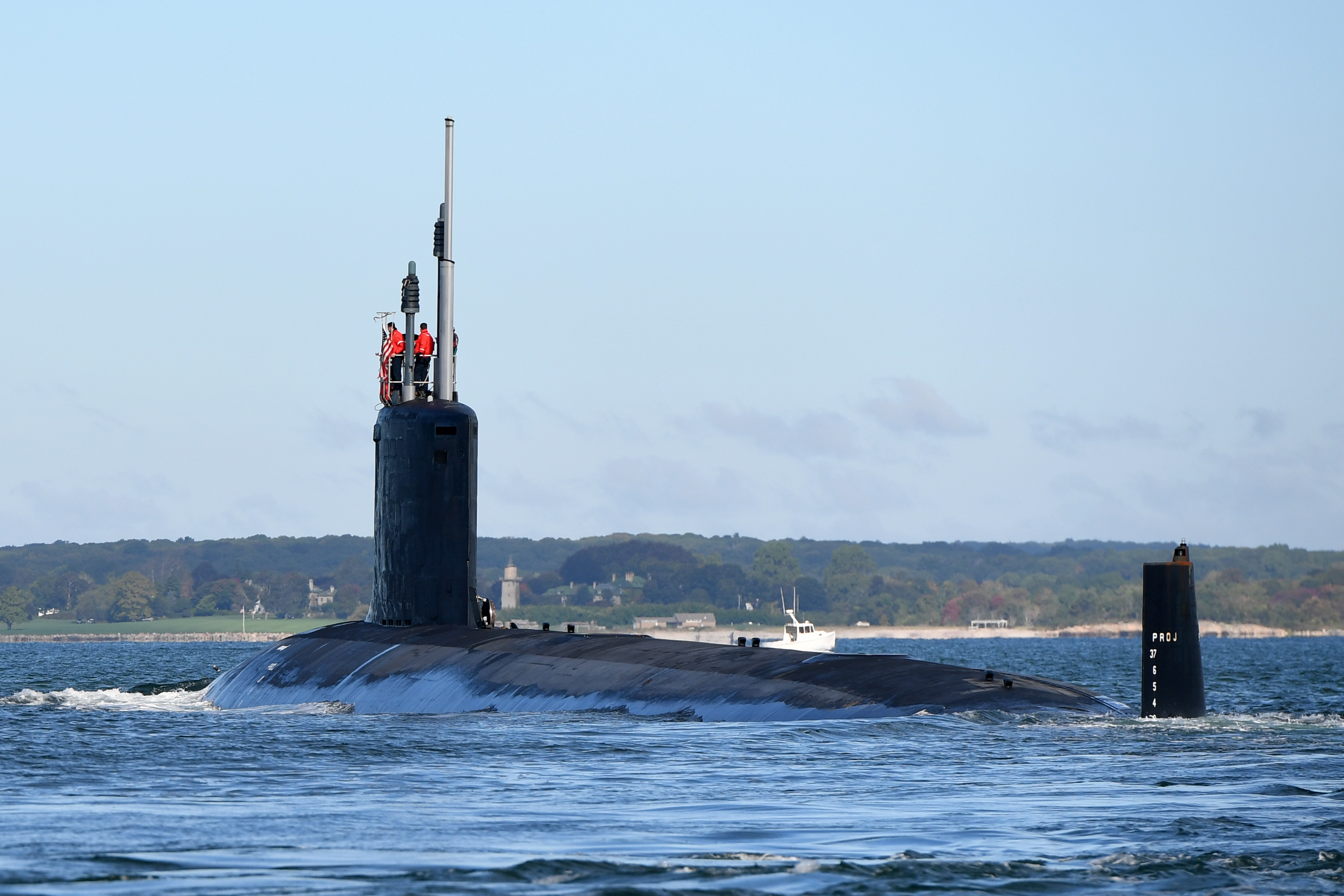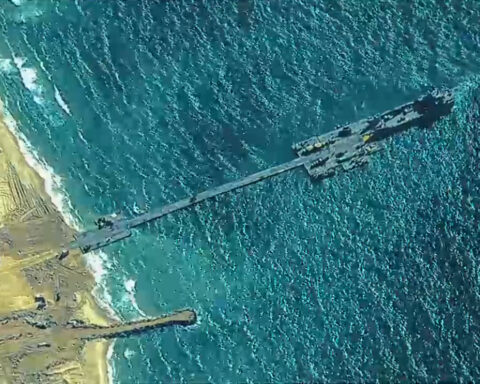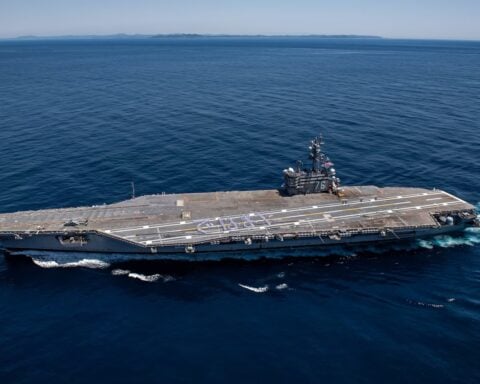
A group of 120 House lawmakers are asking the House Appropriations defense subcommittee to add another Virginia-class attack submarine to the Navy’s Fiscal Year 2025 shipbuilding budget.
The group, led by Rep. Joe Courtney (D-Conn.), argued the Navy’s purchase of one Virginia in FY 2025 puts submarine suppliers at risk and sets the Navy back in its goals for the program, according to a letter to HAC-D chair Rep. Ken Calvert (R-Calif.) and ranking member Rep. Betty McCollum (D-Minn.).
“While the FY25 budget request includes substantial investments in the nationwide submarine industrial base, there is no alternative to stabilize the supply chain other than consistent procurement of two Virginia-class submarines in FY 2025,” reads the letter.
“The proposal to request one attack submarine is contrary to the Department of Defense’s National Defense Industrial Strategy, which cites procurement instability as a systemic challenge. This proposal is also an alarming deviation from the Virginia-class procurement profile in the FY 2024 Future Years Defense Plan and 30 Year Shipbuilding Plan.”
The service funded one Virginia-class as part of its March budget request. Navy officials justified the move by pointing to the backlog of submarine work at builders General Dynamics Electric Boat and HII’s Newport News Shipbuilding that translates to the yards delivering 1.3 boats a year. Instead of funding a second attack boat, the Navy set aside money for advanced procurement to support submarine suppliers. The request is seeking $3.6 billion for the FY 2025 boat and an additional $3.7 billion in advanced procurement money for boats in FY 2026 and 2027.
Courtney, the ranking member of the House Armed Services Committee’s seapower and projection forces subcommittee, and others argue that not funding the second boat will hurt suppliers that aren’t part of the advanced procurement pool. Courtney said his staff said that those suppliers will be out about a $1 billion.
During a Wednesday hearing before the House Armed Services Committee, Secretary of the Navy Carlos Del Toro defended the decision to buy one boat based on the Electric Boat and Newport News delivery rate, pointing to the delivery of Virginia-class attack boat New Jersey (SSN-796) last week.
“I’m trying to work with industry to increase the production rates,” Del Toro said during the hearing.
“New Jersey, for example, was delivered just last week, and it was delivered almost three years late. If all the submarines that we had ordered actually had been delivered on time … we’d actually have five additional submarines in our fleet today to be able to meet our operational needs.”
Del Toro also said the advanced procurement money is not meant to replace the work a new submarine contract would give suppliers.
“The purpose of advanced procurement money … isn’t to fully fund all the vendors that are in the supply chain,” Del Toro said during the hearing.
“It’s to fund those vendors that are most critical to the supply chain. I don’t think there’s ever been a confirmation that we can support full funding of all the vendors across the entire spectrum.”
Rep. Rob Wittman (R-Va.) said that asking for only one submarine in the budget could send the wrong signal to Australia as part of the AUKUS nuclear submarine agreement. Canberra is set to buy three to five Virginia-class submarines for the Royal Australian Navy.
“Now the Australians look at that and they go well, wait a minute, we thought we had an AUKUS agreement here… We thought we were going to be able to buy some from the United States?” Wittman asked during the hearing.
“If you are an Australian looking at this you’d go, ‘is the U.S. really serious about this [agreement]?’”
During the hearing, Chief of Naval Operations Adm. Lisa Franchetti gave some additional details on the planned repair for big deck amphibious warship USS Boxer (LHD-4) in the water at Naval Station San Diego, Calif. After leaving in early April, Boxer was unable to continue a deployment to the Western Pacific due to damage to the starboard rudder.
“[Boxer] has a bearing on her starboard rudder that is not in good condition, so it needs to be replaced,” Franchetti told the House panel.
“We are evaluating the different procedures that will be done to repair her – right now about a four to six-week repair. We look to be able to finish that repair pier-side –the bearing is available – and then get her back out on deployment.”
Marine Corps Commandant Gen. Eric Smith told Rep. Trent Kelly (R-Miss.) how losing a big deck would affect a deployment.
“We’re designed to operate on a three-ship, amphibious ready group, one big deck LHA or LHD and … two LPDs,” Smith said.
“When you lose your big deck, you lose most of your aviation assets and you lose your crisis response force.”
The three-ship Boxer Amphibious Ready Group was scheduled to leave in January with the 15th Marine Expeditionary Units embarked, but only USS Somerset (LPD-25) left on time, requiring the Navy and Marine Corps to retool their participation in several Western Pacific exercises. The third ship in the ARG, USS Harpers Ferry (LSD-49), joined Somerset in the South China Sea for the recent Balikatan 2024 exercise series.
Earlier this week, Vice Chief of Naval Operations Adm. Jim Kilby told the House Armed Services readiness subcommittee that the Navy is having difficulty maintaining older big-deck amphibious ships like Boxer.
“We found our amphib ships – the big decks in particular with steam plants – are having larger growth work than most of our ships and it’s a challenge because of availability of parts, artisans, etc.,” Kilby told the panel on Tuesday.





